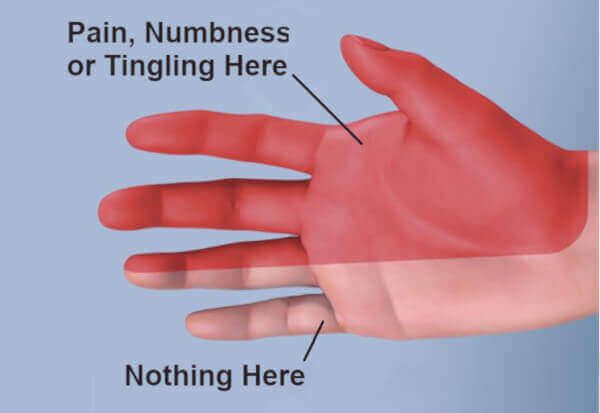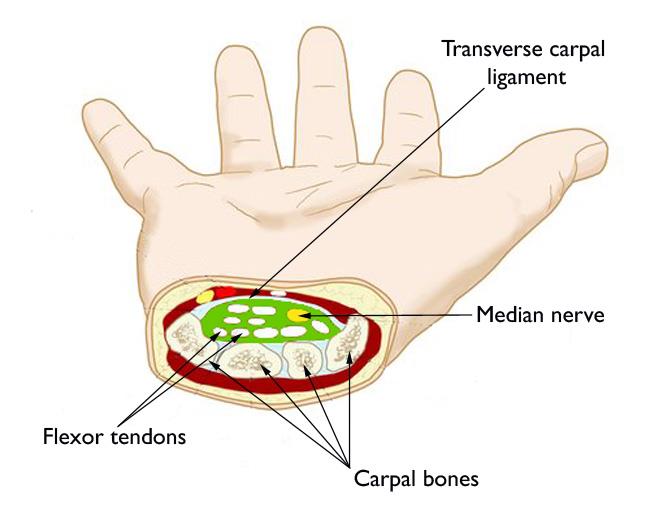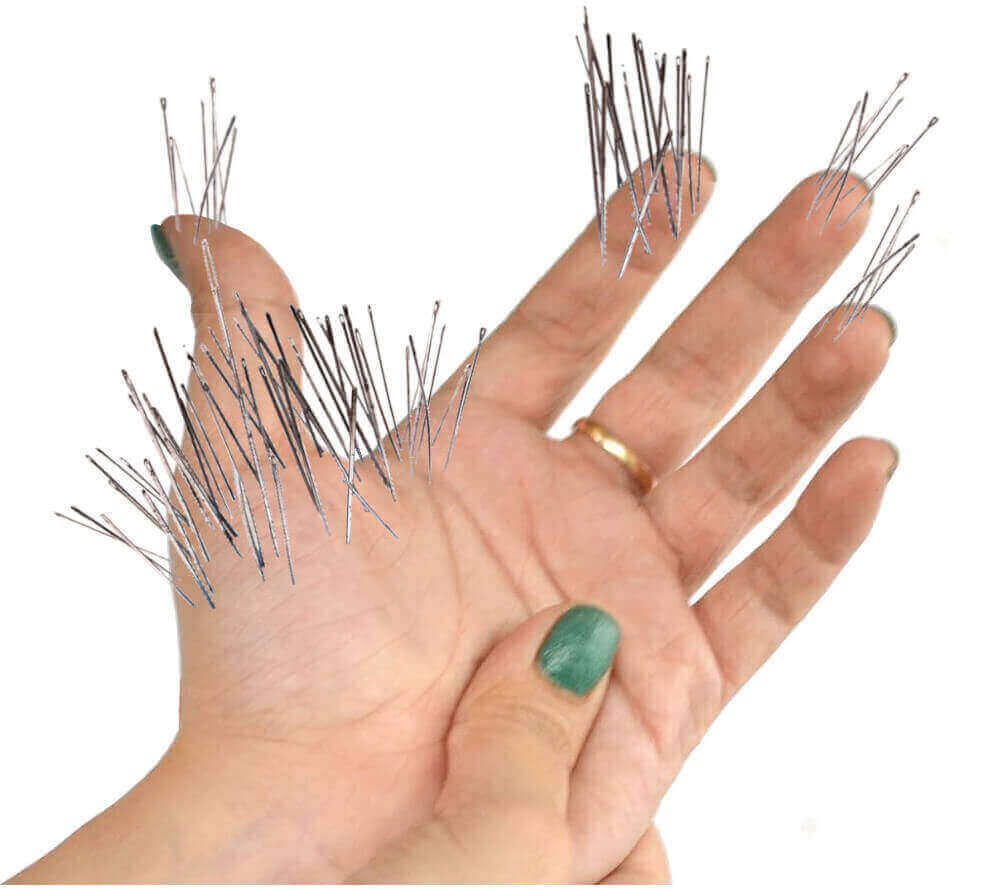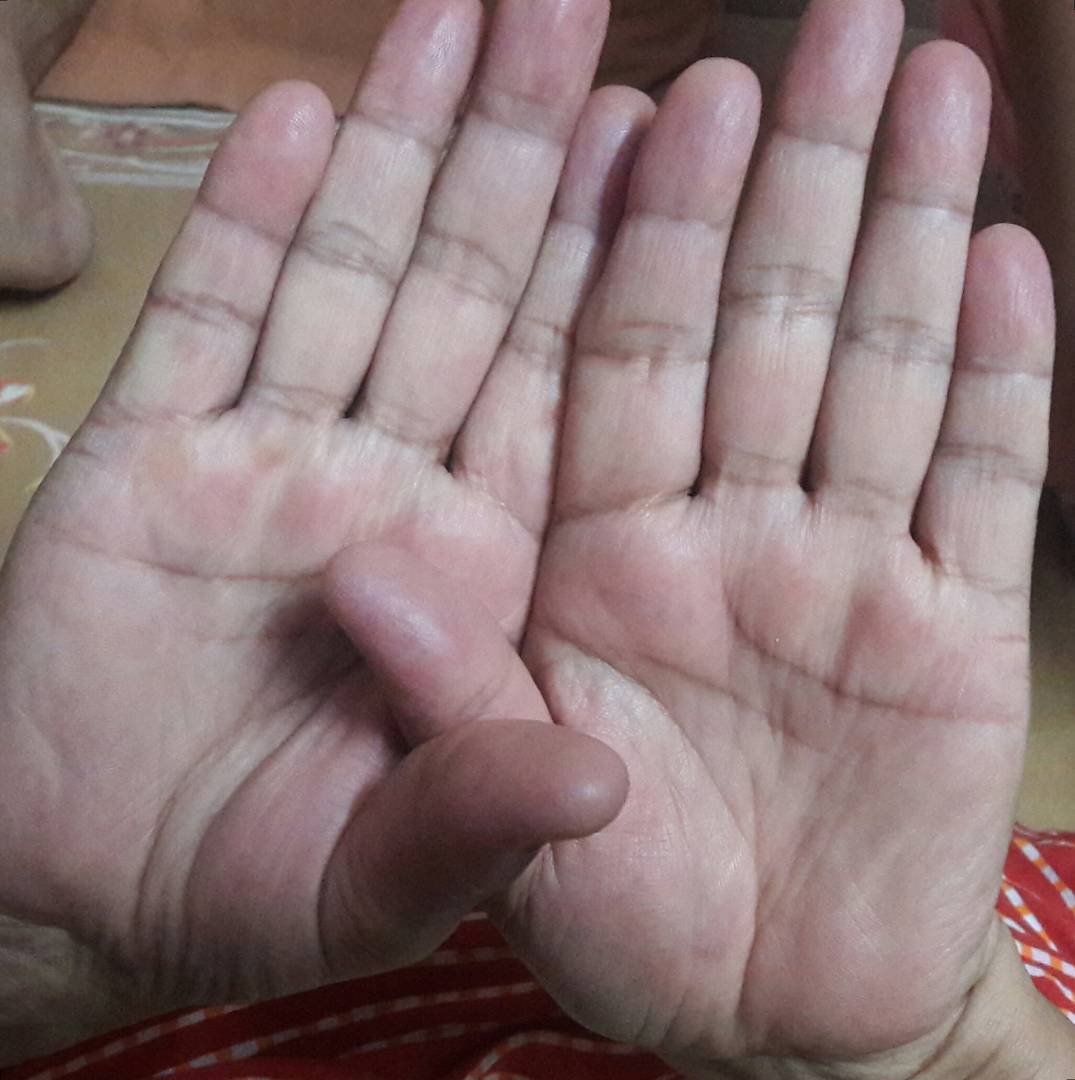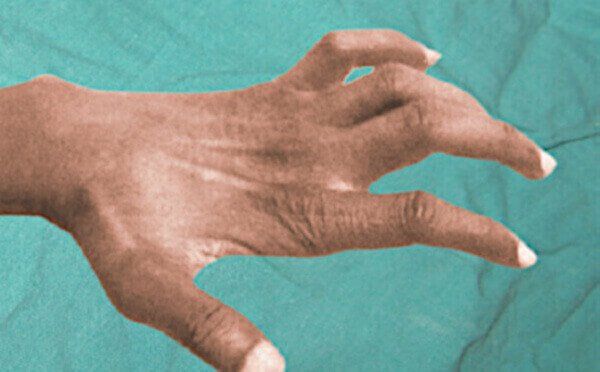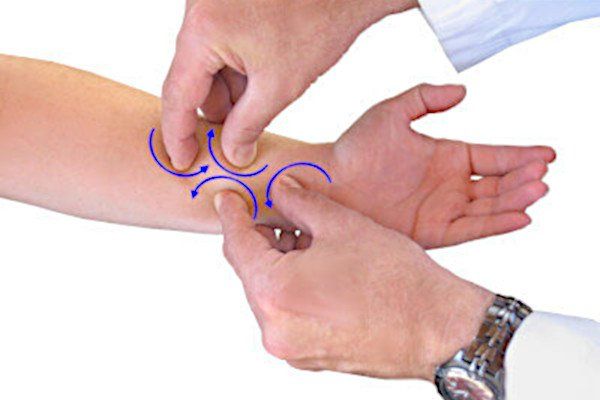What Carpal Tunnel Syndrome Is Like
From Dr. Z - Carpal tunnel syndrome specialist
What Carpal Tunnel Syndrome is Like
When I give seminars on hand pain, I can always expect one patient in the audience asking me what carpal tunnel syndrome is like. My answer is simple: "Pain, numbness or tingling in your fingers or hand, especially while you're resting."
Of course, there are variations of these symptoms. This article will outline those variations and describe what carpal tunnel syndrome is like as it progresses.
- FIND OUT: do you have carpal tunnel? No strings attached self-test.
What is carpal tunnel syndrome?
To understand what carpal tunnel syndrome is like, it's helpful to know that it's actually a "nerve disorder". Whenever you disturb a major nerve in the limbs (like your arm or hand), the nerve is going to react badly.
In the case of carpal tunnel syndrome, the nerve involved is called the median nerve. It's one of the major nerves of the hand. This nerve transmits sensations from the palm and fingers. It does not carry sensation from the little finger.
The median nerve is disturbed because sometimes the tendons in your wrist inflame and swell with fluid.
As the tendons swell more and more, they push on the adjacent median nerve. Eventually, there's so much swelling that the tendons completely crush the nerve. That crushing is what causes the pain, numbness, tingling and other
symptoms of carpal tunnel syndrome.
A similar effect happens when you lean on a table with your elbow for too long. Pressing on your "funny bone" means your hand starts to tingle and go numb. The funny bone is actually not a bone, but another major nerve of the hand called the ulnar nerve.
The ulnar nerve travels from the hand, just like the median nerve. But the ulnar nerve runs up the arm at the elbow joint. When you lean on it, you disturb or compress the ulnar nerve. The result is the tingling and eventual pain in your hand and fingers, even though you disturbed the ulnar nerve at the elbow.
The same thing happens when the median nerve is crushed. But instead of being crushed at the elbow, it's crushed by swollen tendons inside the wrist joint. But the result is similar: pain, numbness and tingling occur in the hand and fingers. The crushing and resulting symptoms are specifically called
carpal tunnel syndrome.
What carpal tunnel syndrome does not have in common with other similar disorders is that it causes pain or numbness even when your hand is resting. For instance, you may be awakened at night while trying to sleep because your fingers hurt or go numb.
This is different than tendonitis, which hurts when actually performing the activity. You can test if you have tendonitis or carpal tunnel syndrome by clicking the tool here.
As carpal tunnel syndrome progresses, it goes through 4 distinct stages:
- Mild - when symptoms just start out, usually appearing only at night.
- Moderate - when symptoms appear during the day.
- Severe - when symptoms are so intense they interfere with every aspect of your life.
- End-stage - when symptoms are not reversible.
What carpal tunnel is like in the beginning
Most people don't even realize they have the mild stage of carpal tunnel syndrome. In fact, what carpal tunnel is famous for is is how it creeps up on you so slowly that you barely know you have it.
Many people feel the first signs of carpal tunnel syndrome when their hands tingle, go numb or hurt driving their car . Some feel initial symptoms when holding a phone or coffee cup. The general "first signs" that you've developed carpal tunnel is when:
- Gripping or lifting something feels more difficult than usual.
- You wake up from a dead sleep because your hand or fingers are numb. Usually your thumb and pointer finger are worse. You feel the need to shake out your hand to get rid of the numbness.
- Pain may awaken you. Generally the thumb is more painful. You feel the need to rub out the pain.
- Your fingers or palm itch or burn.
- Either at rest or when gripping or holding objects, electric shock feelings shoot up your hand.
- Fingers feel puffy or swollen but they actually look normal.
- Holding something for a long time makes your hand feel sore or go numb .
- You have clumsiness holding a glass of water or turning a doorknob.
- For no apparent reason, your hand feels sore or overworked.
What carpal tunnel is like as it advances
As carpal tunnel syndrome advances into the moderate stage, symptoms get progressively worse. Specifically, what carpal tunnel syndrome is like in its more moderate stage is having more intense or longer lasting:
- Pain
- Numbness
- Tingling (pins & needles)
- Burning
- Finger and hand weakness increases, so it's difficult to open jars, doors, etc.
- More frequent pain can shoot up your hand with electric shock-like feelings
- Hand dexterity suffers and you have trouble tying a shoelace, buttoning a shirt, picking up coins & keys, etc.
In the moderate stage, the pain, numbness, tingling usually last for most or the day. The intensity of the symptoms is much greater. They can be intermittent or constant.
During the day, the symptoms may escalate then decline or even fade away completely. But then they come back again on the same day, usually with more intensity.
Within 6 months of the first appearance of symptoms, about 80% of people will see carpal tunnel symptoms start in the other hand as well. This is called bilateral carpal tunnel syndrome. Nobody knows why bilateral carpal tunnel syndrome happens.
- Is it because the better hand "takes over" and assumes the more stressful activities?
- Or does it just happen spontaneously in other body parts, like other progressive disorders such as arthritis?
Exactly what carpal tunnel syndrome does to cause this advancement into the other hand is unknown. For most people, the advancing and seemingly unstoppable progression of symptoms may look dire. And the constant symptoms are what drives most people to see a doctor or to seek treatments during the moderate stage.
As you'll see below, such symptoms don't mean you have to suffer. Many reliable, non-surgical treatments can halt carpal tunnel's advancement. In fact, most of these treatments can even reverse symptoms so that your hand becomes relatively normal again.
What carpal tunnel is like when it's severe
By the time people reach the severe stage of carpal tunnel, they definitely know there's a big problem to deal with. In fact, one of the definitions of the severe stage is when symptoms "interfere with every aspect of your life."
The feelings are the same as in the moderate stage. But they are much more intense. The terrible symptoms also last all day and night. Usually, if you had only one symptom, like pain, then numbness or tingling will likely have increased dramatically.
Generally, in severe carpal tunnel syndrome:
- Pain, numbness, tingling is at the "crushing", "cruel" or "punishing" level.
- There is no rest from the symptoms.
- Hand and finger weakness becomes severe.
- Loss of finger dexterity is pronounced.
- Many patients lose the ability to feel hot or cold on their fingertips.
At this point, pain medicines provide little help. Even steroid injections are minimally effective. Carpal tunnel release surgery is likely to fail if severe symptoms have been present for more than 6 months.
In the severe stage, sleeping is difficult, at best. The constant waking up to relieve the pain or numbness is endless. Patients describe the severe stage as an "endless staircase of pain or numbness". They often say, "It's so horrible that I want to chop off my hand."
Severe carpal tunnel can advance further to the "advanced severe stage". Sometimes this is called "end stage carpal tunnel." It means the muscle at the base of your thumb has degenerated. This is seen as a flattening of the bump at the base of you thumb (see image above).
What carpal tunnel syndrome does to your life is profound. Without treatment, your hand turns into a practically useless claw. In fact, the result is even referred to as "claw hand" (see image below).
How to treat carpal tunnel
The good news is that in spite of what carpal tunnel does to your median nerve, it's possible to successfully reverse its effects. But the longer you wait, the more difficult it is to treat. However, once the advanced severe stage is reached, successful treatment is very difficult.
Therefore, the earlier you treat carpal tunnel symptoms, the better your chances of restoring your hand to normal.
And no matter what carpal tunnel stage you're in, you would treat it using the same techniques. The difference is that with milder symptoms, you don't need to treat as vigorously as with more severe symptoms.
The 4 keys to treating any stage of carpal tunnel syndrome are:
- Avoidance
- Bracing
- Rest
- Exercise
- Massage
1. Avoidance measures
Avoidance means just that: avoid the hand and finger activity that's stressing your tendons. This could involve changing your job description, using ergonomic equipment to relieve strain, or simply not engaging in the activity to begin with.
Rest alone can bey helpful in the mild stage of carpal tunnel syndrome. But rest alone is not useful in more advanced stages, and requires extra therapy (below).
2. Rest
Resting your hand doesn't mean just letting it flop by your side. But when you engage in strenuous activities, take "mini-breaks".
This means stop the activity and shake our your hands for a few seconds. Then take only a few more seconds to do stretching exercises during these mini-breaks (see next remedy). With more advances symptoms, you should introduce these mini-breaks every 30 minutes.
3. Night bracing
Anybody with even the slightest hint at having signs of carpal tunnel syndrome should begin nocturnal wrist bracing. Bracing keeps your hand in the neutral position so you don't unconsciously over-bend (and thus stress) your wrist joint.
Also, make sure to use a certified carpal tunnel night brace that's specifically designed for this condition. The wrong type of wrist brace (those commonly sold in CVS, Walmart, Walgreens, etc.) can actually make your condition worse.
4. Exercising your fingers & hand
Be sure to exercise your hands during the mini-breaks. For mild symptoms, you can do these exercises every 1-2 hours. For more advanced symptoms, at least every hour is required.
This means as you stress your hands (like when you're typing), take the appropriate break to do proper carpal tunnel stretching exercises. These exercises lubricate wrist tendons and help break up restrictions. Click here to see the most effective carpal tunnel stretching exercises.
5. Carpal tunnel massage
Perhaps the most powerful and effective carpal tunnel fighter is a carpal tunnel therapy massage. The specific name is myofascial release massage. This is the remedy physical therapists use to successfully treat their carpal tunnel patients.
The therapy is concentrated at the wrist joint and requires specific motions. When properly executed, it breaks up restrictions while encouraging blood flow to the damaged tendons inside the wrist joint.
More advanced carpal tunnel symptoms require more extensive massage therapy sessions. And while the wrist massage sessions must be performed once daily for 30 days, it's highly effective. For most therapists, it eliminates symptoms in 97% of patients.
Conclusion
What carpal tunnel is like depends on the stage of the condition you're in. The general symptoms of hand or finger pain, numbness, and/or tingling are typical of each stage of the disorder. And the treatment required for each stage is similar. You just have to dedicate more time and energy to severe symptoms as compared to mild symptoms. And the earlier you treat this disorder, the better your chances of eliminating symptoms and restoring your hand to normal again.


